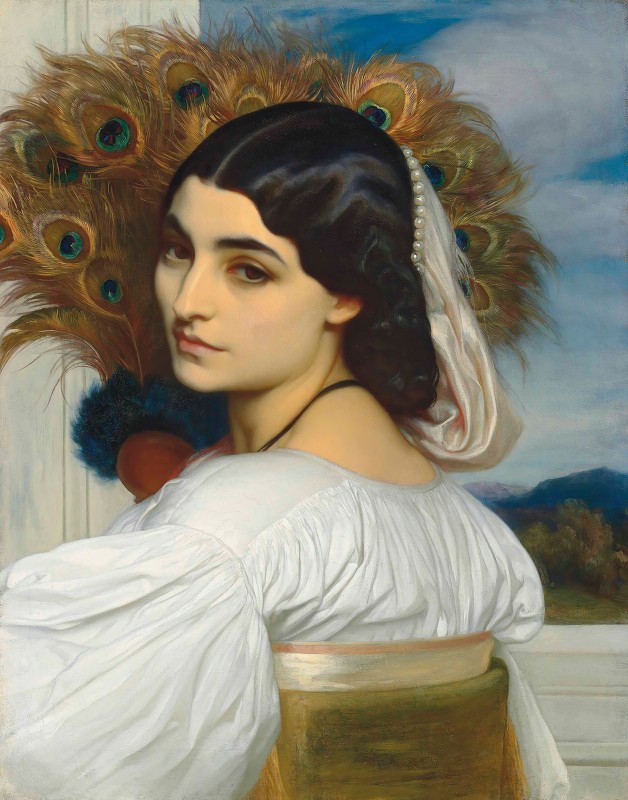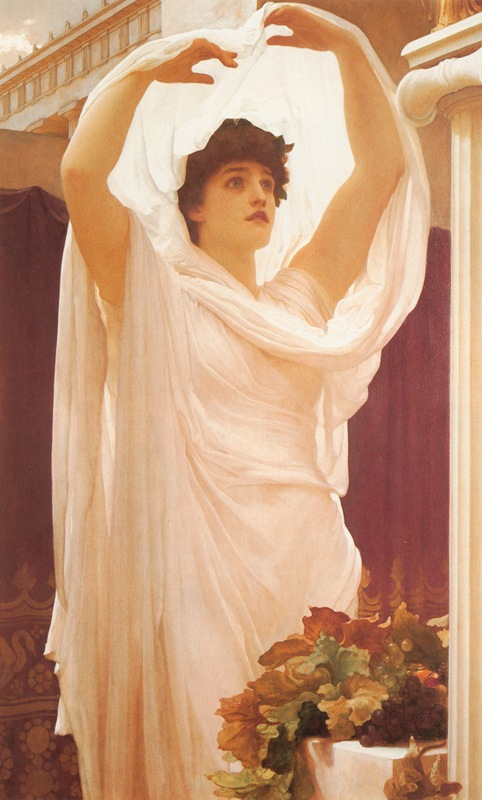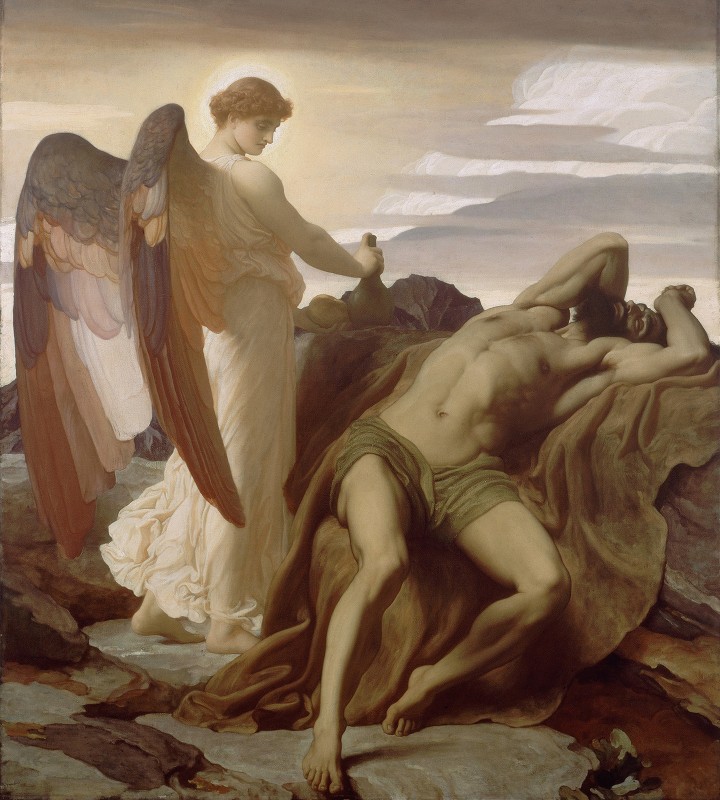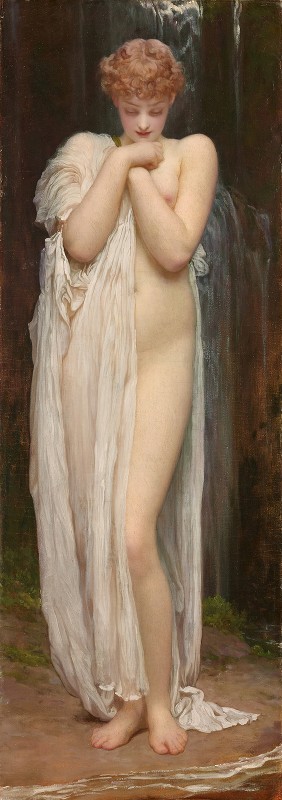
Leighton House Museum is the former home of the Victorian artist Frederic, Lord Leighton (1830-1896). The only purpose-built studio-house open to the public in the United Kingdom, it is one of the most remarkable buildings of the nineteenth century, containing a fascinating collection of paintings and sculpture by Leighton and his contemporaries.

Frederic Leighton (1830-1896), 1st Baron Leighton, known as Sir Frederic Leighton between 1878 and 1896 was one of the most famous British artists of the Victorian age, establishing an international standing and reputation. The recipient of many national and international awards and honours, he was well acquainted with members of the Royal Family and with most of the great artists, writers and politicians of the late Victorian era. His charm, handsome appearance, cosmopolitan background and generous nature allowed him to move in the highest social circles and forge friendships across the continent.
His dedication to his art and the scope and ambition of his own painting won admiration and respect from his fellow artists. He was a painter, draughtsman and sculptor. His works depicted historical, biblical, and classical subject matter in an academic style. His paintings were enormously popular, and expensive, during his lifetime, but fell out of critical favour for many decades in the early 20th century.


























George Aitchison Jr. RA (London 7 November 1825 – 16 May 1910) was the architect of Leighton House. He became an associate member of the Royal Academy of Arts in 1881 and a full member in 1898, and was Professor of Architecture there from 1887 to 1905. He became a member of the Royal Institute of British Architects in 1862 and was its President from 1896 to 1899. He won the Royal Gold Medal in 1898. – George Aitchison. (2021 07 February). In Wikipedia. https://en.wikipedia.org/wiki/George_Aitchison

The Studio 
Leighton’s simple bedroom. *Credit to photographer: Justin Barton 
The Dining Room 
The Silk Room 
The Narcissus Hall 
The Staircase Hall 
The Arab Hall
Built to Leighton’s precise requirements, the house was extended and embellished over the 30 years that he lived in it. From modest beginnings it grew into a ‘private palace of art’ featuring the extraordinary Arab Hall with its golden dome, intricate mosaics and walls lined with beautiful Islamic tiles. Upstairs, Leighton’s vast painting studio was one of the sights of London, filled with paintings in different stages of completion, the walls hung with examples of his work and lit by a great north window. Many of the most prominent figures of the Victorian age were entertained in this room; including Queen Victoria herself who called on Leighton in 1859. But Leighton lived alone in his palace, occupying the house’s only bedroom on the first floor.
Leighton House Museum is surrounded by a group of other studio-houses, all of which were built during the second half of the nineteenth century. This group provides a unique insight into the wealth, status and taste of successful artists in the late-Victorian period.
Long form articles:
https://tammytourguide.wordpress.com/2013/03/25/home-of-an-art-lover-leighton-house/
https://www.royalacademy.org.uk/article/from-the-archive-man-about-the-house-leighton
https://www.britishartstudies.ac.uk/issues/issue-index/issue-9/leighton-arab-hall
https://www.britishartstudies.ac.uk/issues/issue-index/issue-9/i9-cover
https://www.independent.co.uk/arts-entertainment/leighton-s-secret-life-1319912.html

Lord Leighton (1830-1896) and Leighton House (A Centenary Celebration)
Julia Findlater; Louise Campbell; Kate Bailey; Martin Postle; Nicholas Tromans; Stephen Jones`; Anna Gruetzner Robins; Leonee Ormond; Richard Ormond; others
Published by Apollo Magazine

Leighton House Museum
Robbins, Daniel, Suleman, Reena
Published by Kensington & Chelsea Libraries & Arts Service (2005)

Closer to Home: The Restoration of Leighton House and Catalogue of the Reopening Displays 2010
Councillor Nicholas Paget-Bown
Published by The Royal Borough of Kensington and Chelsea / Leighton House Museum (2010)

